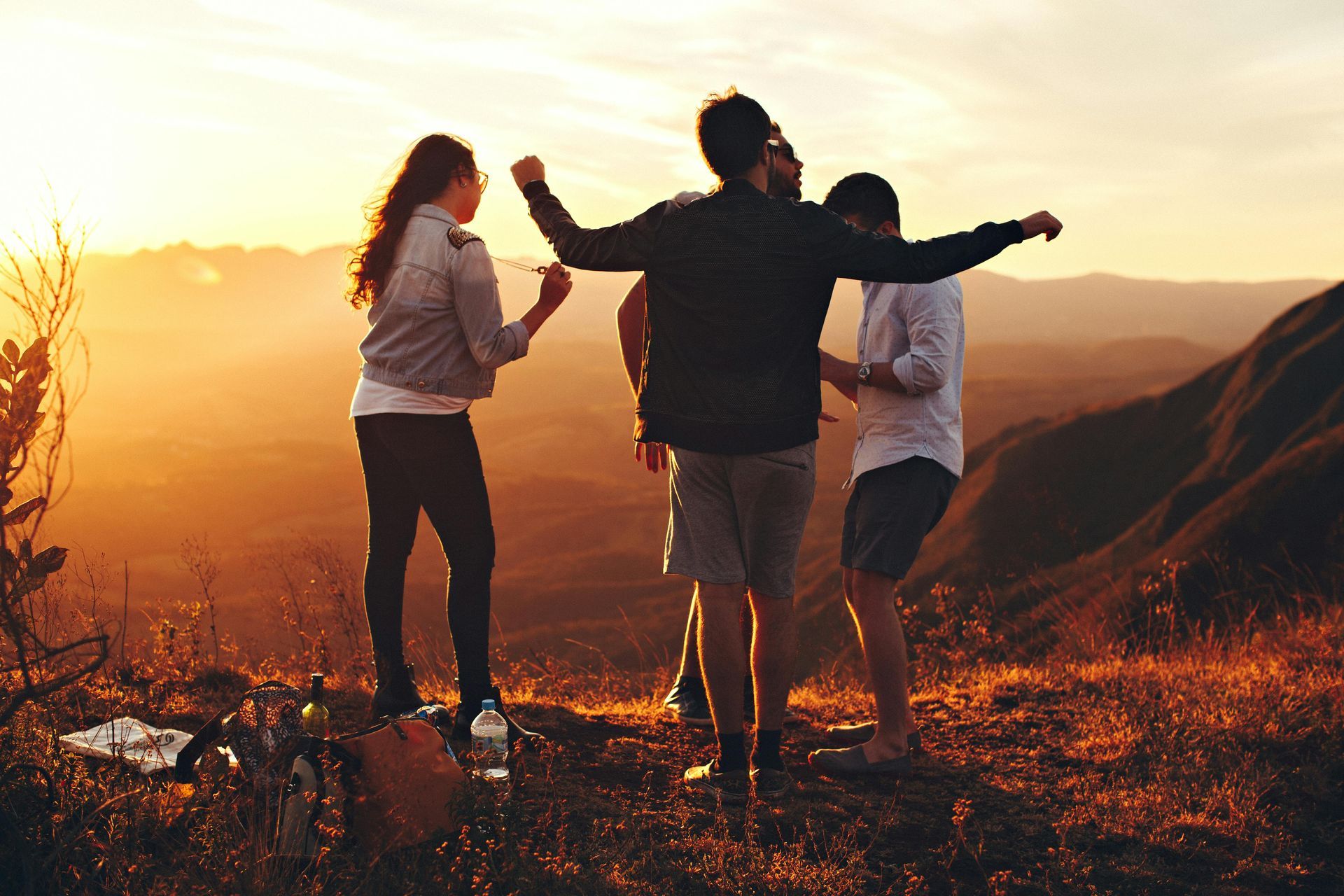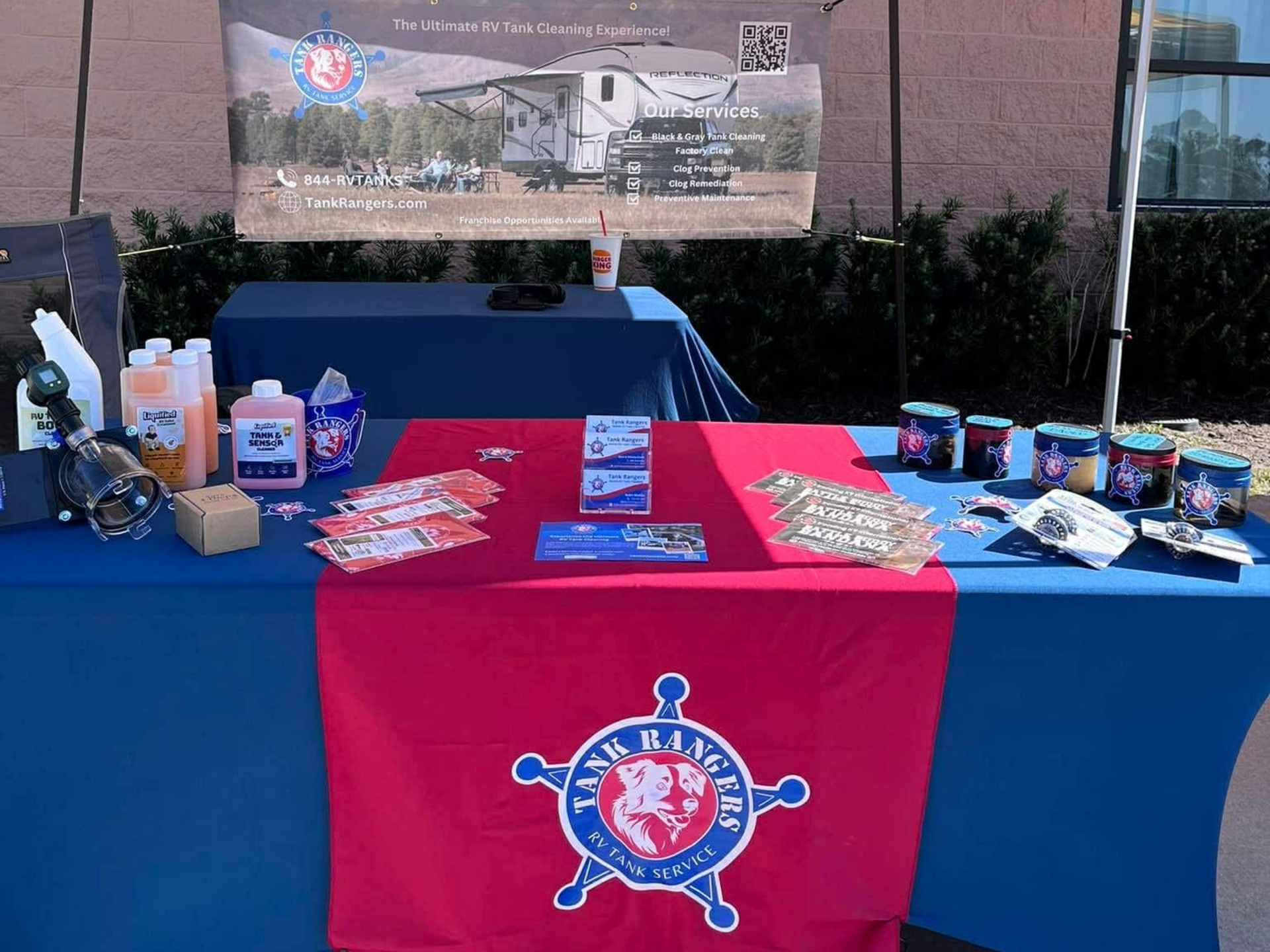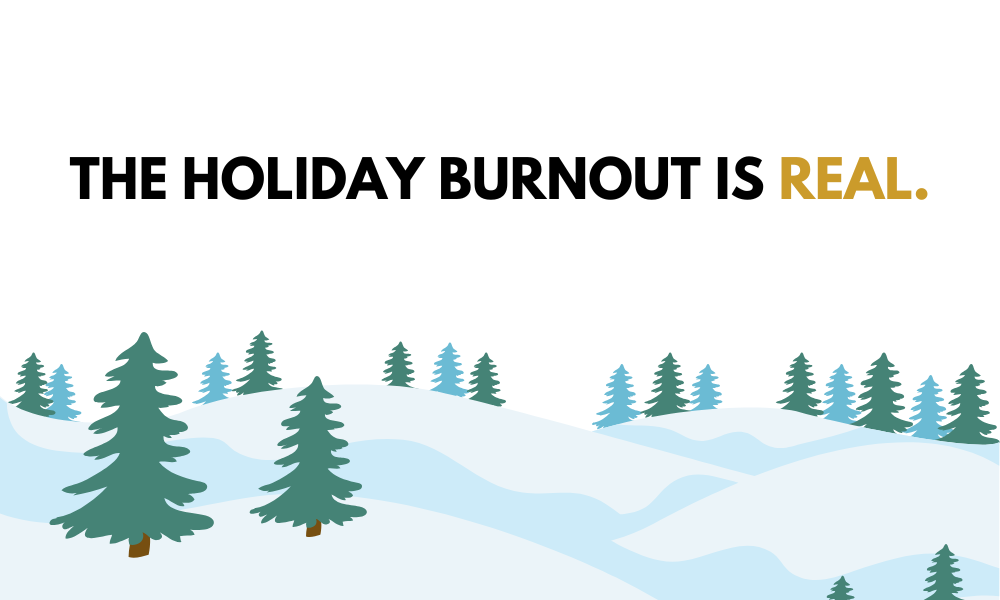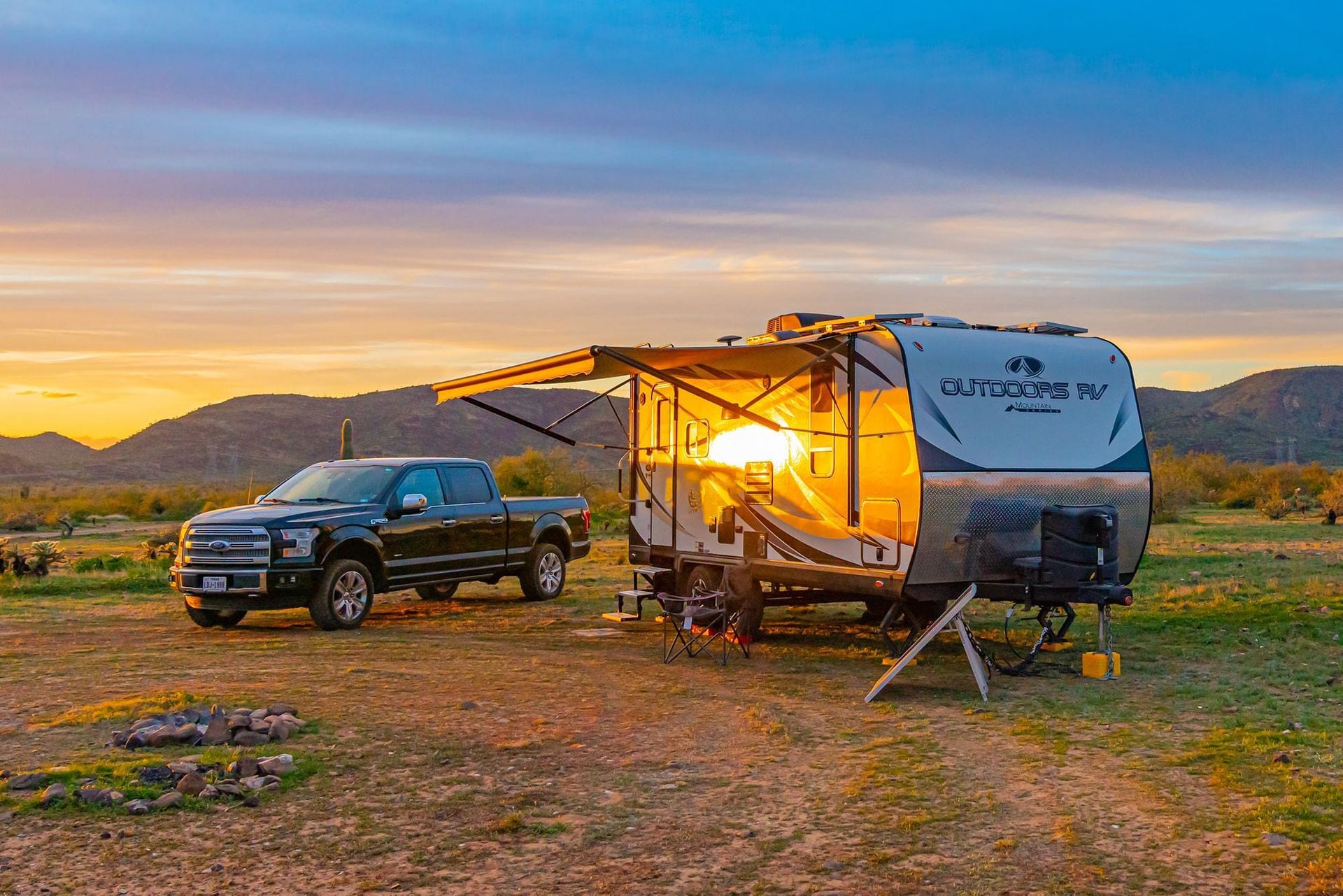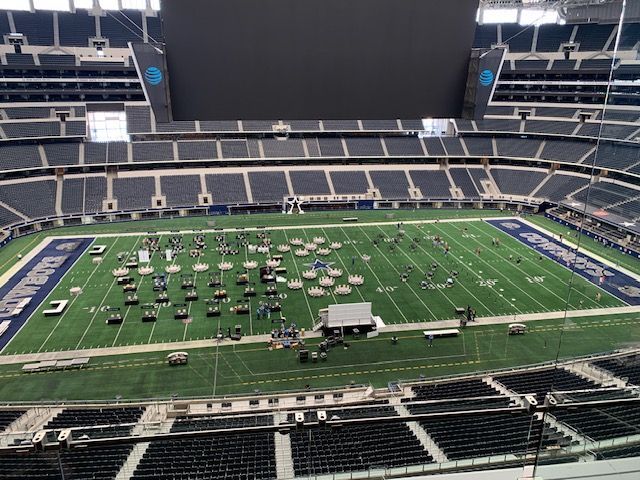Where Do I Begin? A Beginner’s Guide to Full-Time RV Living
Jennifer+ Aggio • September 26, 2025
Deciding to transition into full-time RV life is exciting, but let’s be real—it can also feel overwhelming. Where do you even start? Downsizing, picking the right rig, dealing with family, and sorting through logistics—it’s a lot.
The good news? No one has it all figured out on day one. Full-time RV life is a process. Your needs will change, your routines will shift, and your confidence will grow with time.
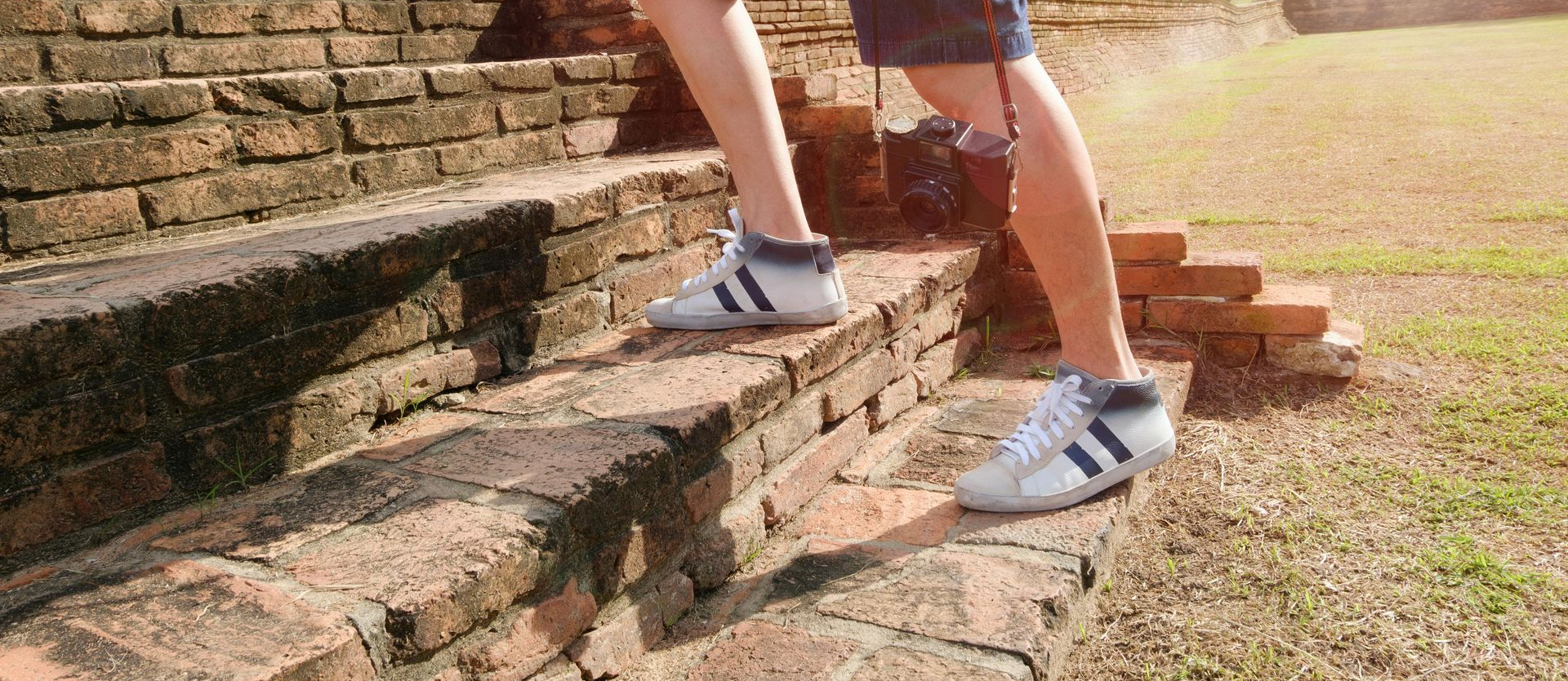
You don’t have to have it all figured out—you just have to take the first step.
Income, Budget, Money Oh My!
The very first thing before anything else is a reality check! RV life is not free, and financial planning is key!
- What will you do for income? (See our How to Make Money on the Road page).
- Have at least $10,000 in savings when you start (if not more) to cover unexpected breakdowns, medical costs, or campground fees.
- Build your budget before you hit the road, then do your best to stick to it.
- Full-time RV life can be affordable, but without a plan it can also drain your savings fast. Be smart with your money. (Check out our blog on The Real Cost of full-time RV life to set yourself up for success.)

A good budget is not about restriction—it’s about freedom.
The Big Decision: Do You Sell or Rent Your House?
For many, one of the biggest questions is whether to sell the house or rent it out.
- Sell: Frees up equity, reduces responsibilities, and gives you a clean break.
- Rent: Provides a steady income stream and gives you an option to return if RV life isn’t forever.
There’s no right or wrong choice here—it depends on your financial goals, attachment to the property, and whether you want a fallback option.
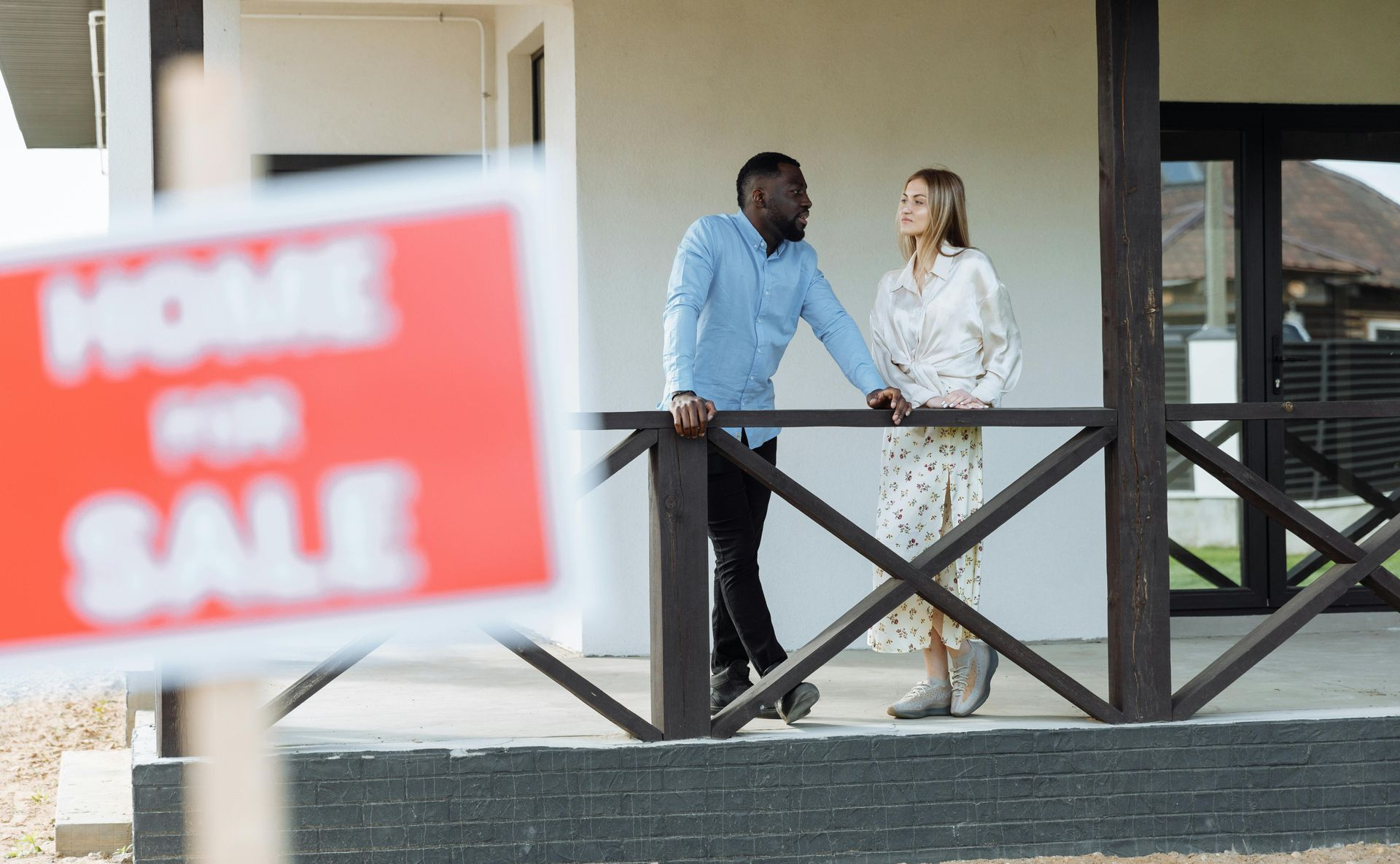
This decision is less about the house and more about your peace of mind.
What to Do With Your Stuff?
Your home is full of things, but your RV won’t be. That means it’s time to face downsizing.
- Storage Unit: Gives you peace of mind but comes with a monthly cost.
- Take It All With You? Space is limited—be realistic.
- Downsizing Tips:
- Start small: one drawer or closet at a time.
- Use the “one-year rule”: if you haven’t used it in a year, let it go.
- Digitize photos and paperwork.
- Sell, donate, or gift instead of paying to store.
Letting go can be emotional, it’s normal to struggle. Remember: you’re not losing things, you’re gaining experiences.

Less stuff, more freedom—that’s the trade-off.
Choosing the Right RV
Now the fun (and sometimes stressful) part: choosing your rig.
- Budget First: Know your limit and stick to it.
- Tow Vehicle or Motorhome? Start with what you already own, if possible. If you don’t have anything you can tow with, usually the most affordable option is a truck and travel trailer.
Pro Tip: If you can buy a truck bigger then you need then when you are ready to upgrade your rig you already have the truck to handle it. - Cash vs. Financing: Cash means freedom, financing means a monthly bill (see our Budget Blog).
- Do Your Research:
- YouTube channels like Matt’s RV Reviews and Josh the RV Nerd.
- Factory tours & direct manufacturer questions.
- RV forums & groups for real-world advice.
- Hands-On Experience:
- Visit dealerships and walk through multiple floorplans.
- Rent an RV for a week to test the lifestyle.
- First Rig Reality:
Your first RV is rarely your forever RV. As your life shifts, so will your needs. - Make a wish list and prioritize your must-haves. Choose the RV that fits your budget while checking off as many boxes as possible. Remember, you won’t get everything—so decide early what your true deal-breakers are.
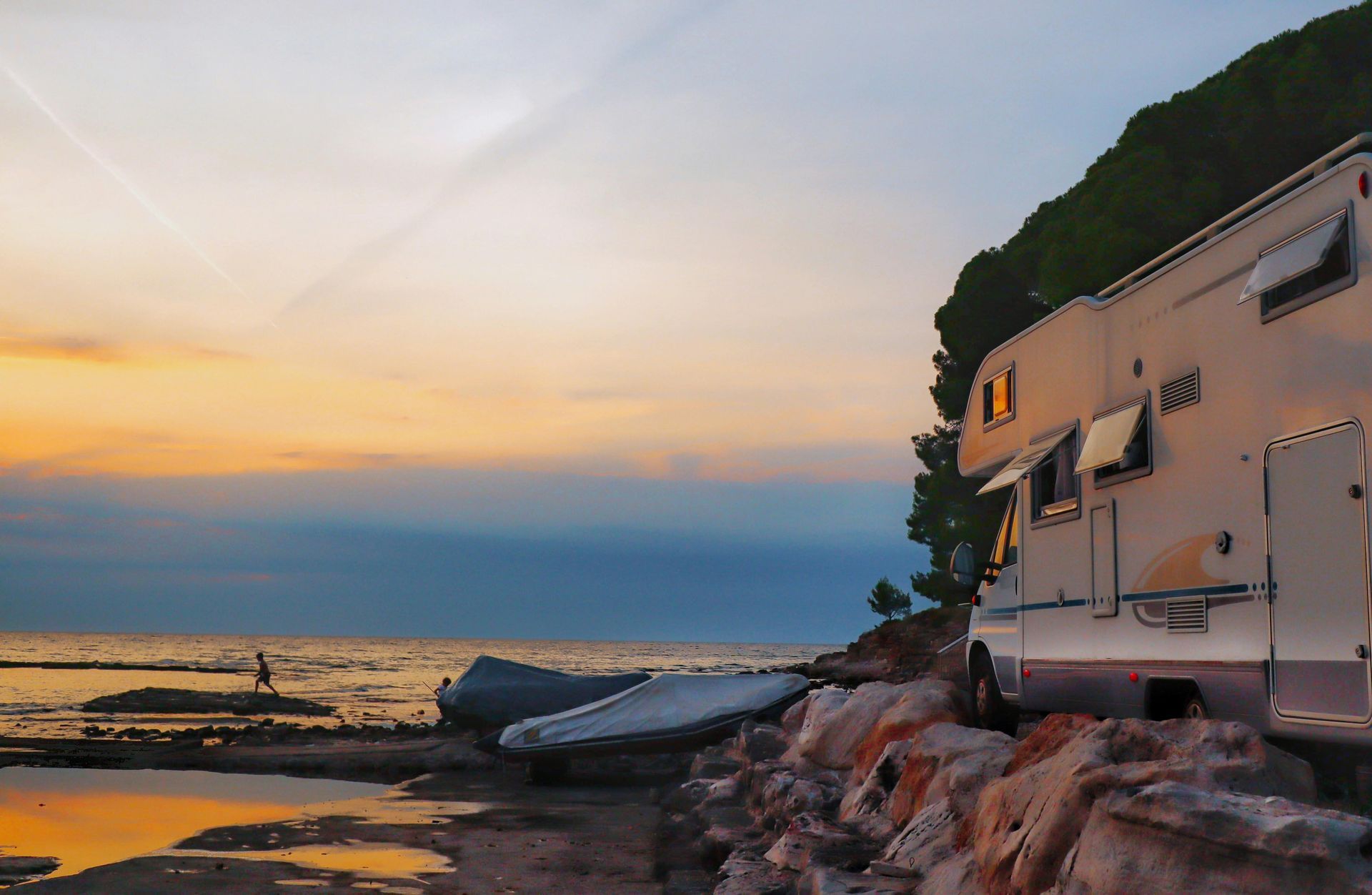
Don’t wait for the ‘perfect’ RV—get the one that gets you started.
Family Matters and Friends too!
One of the hardest parts of this lifestyle? Family who feel like you’re “taking away the grandkids.” Friends who feel like you are abandoning them or making a bad decision for your kids. It will be part of the equation.
- Be intentional about family visits, plan your route around them when possible.
- Use video calls and consistent communication.
- Frame it positively, your kids will bring adventure stories instead of the same backyard routine.
- Friendships can be one of the hardest parts of full-time RV life. Some friends will drift away as their lives continue and yours takes a new path. Others you’ll stay connected with, but it’s important to prepare yourself mentally for change, and focus on building community in your new RV world.
- Finding an RV community is essential. Attend rallies, join events, and connect in online groups. Go where RVers gather, you’ll be surprised how quickly you find your new people. (Join one of our communities)

You may be miles apart, but intentional connection keeps you close.
Legal & Practical Logistics
This is the not-so-glamorous side of RV life, but it’s essential.
- Domicile Choice: Texas, South Dakota, and Florida are the most common (see our Patriot Act Blog).
- Mail Forwarding: Services like Escapees, Americas Mailbox or Traveling Mailbox keep you connected (see our Blog about Mail on the Road).
- Healthcare, Banking, Insurance:
- Full-timer’s insurance is a must. The only two that really offer this is Geico or Progressive. Note: every state is a little different and not every state offers full-timers insurance with these companies.
- Some banks won’t accept your domicile address—many RVers find success with credit unions. (Read Patriot Act)
- Healthcare requires planning (see Dealora’s blog on healthcare options).
- Licenses & Registration: Don’t forget to update your driver’s license and vehicle registration.
The boring details aren’t glamorous, but they’re what make the dream sustainable.
Emotional & Lifestyle Preparation
The RV lifestyle isn’t just about logistics, it’s about a new way of living.
- Mindset Shift: From owning things to collecting experiences.
- Community: RV groups, rallies, and social media make it easier to connect.
- Learning Curve: From black tanks to budgeting, you’ll be learning constantly. (Learn To RV has lost of helpful information with anything you need to know.)
- Reality Check: Instagram shows the pretty moments, but there are breakdowns, rainy weeks, and cramped days too.
The best views often come after the hardest climbs—RV life is no different.
Final Encouragement
You don’t need to have all the answers before you begin. Start small, learn as you go, and give yourself grace.
RV life is about freedom, flexibility, and embracing the unknown.

The only wrong step is never taking the first one.
Here are a few other blogs you might find useful in this process…
Listen to our Podcast From Fear to Freedom: Saying Yes to Full-Time RV Living
Read
Decision Fatigue – to learn about…
Read Ready, Set, Roll – your ultimate pre-departure checklist
Read Differences between black and gray tanks – know how to take care of your tanks.
Read RV Toolkit that saves your trip – find out what tools might be essential to finding a spot for
Other blogs you might like...

